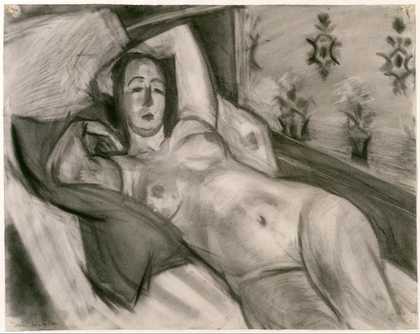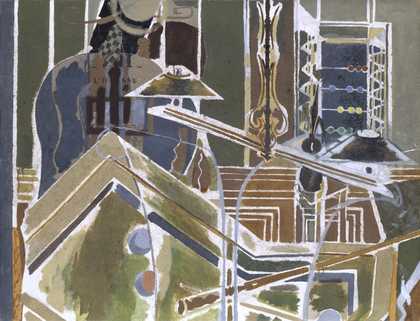Kandinsky’s painting may be said to fall into two main divisions: the free expressionism which distinguished his work between the years 1909 and 1918 and the tight, more geometrical compositions of 1921 to 1935. Each is vastly different from the other; and both phases have had important influences on twentieth-century Western art.
His free handling of colour and line in the years just before the First World War, which led the naturalistic expression of that day to linear and chromatic harmonies emancipated from the conventional representation of nature, may be seen today as the basis of contemporary gesture or action painting.
The more geometrically disciplined expression of his post-revolution Russian years and of those years from 1922 to 1932 during which he was associated with the Bauhaus, became, during the Second World War and directly afterwards, the basis for an influential group of young Paris painters for a revolt against the domination of contemporary picture-making by the work of such leaders as Matisse, Picasso, Braque and their admirers.
His whole development is well shown in this selection from the renowned collection of his work owned by the Solomon R Guggenheim Museum in New York.





